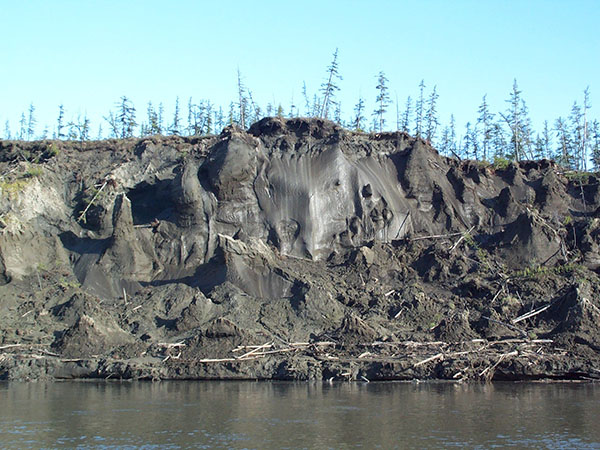An international research team led by Dr. GUO Donglin from the Institute of Atmospheric Physics of the Chinese Academy of Sciences has revealed the extent of near-surface (about 3–4 m depth) permafrost during the mid-Pliocene warm period (about 3.264–3.025 million years ago). The findings provide insights in understanding future permafrost change.
The study was published in Proceedings of the National Academy of Sciences (PNAS) on Aug. 28.
Permafrost, covering about a quarter of the Northern Hemisphere's land area, stores a large pool of ground ice and organic carbon. It is highly sensitive to climate change, and its degradation leads to melting of ground ice and release of organic carbon, triggering irreversible impacts on terrestrial ecosystems, surface hydrology, and engineering infrastructure.
Based on simulations, the researchers found that near-surface permafrost during the mid-Pliocene warm period was 93 ± 3% smaller than the preindustrial extent. Near-surface permafrost then was present only in the eastern Siberian uplands, Canadian high Arctic Archipelago and northernmost Greenland.
"Assessment of permafrost degradation effect remains challenging due to limited observations and large uncertainties in permafrost change projections. Some past warm periods have proxy data, which can be used to validate models and reduce simulation uncertainty," said Dr. GUO.
The mid-Pliocene warm period shares similarities with the projected future climate under the SSP5-8.5 scenario. Thus, the simulations of the period provide a geological basis for understanding future changes in near-surface permafrost.

Permafrost is thawing in the lower part of the Kolyma River in East Siberia (Image by Vladimir E. Romanovsky)





